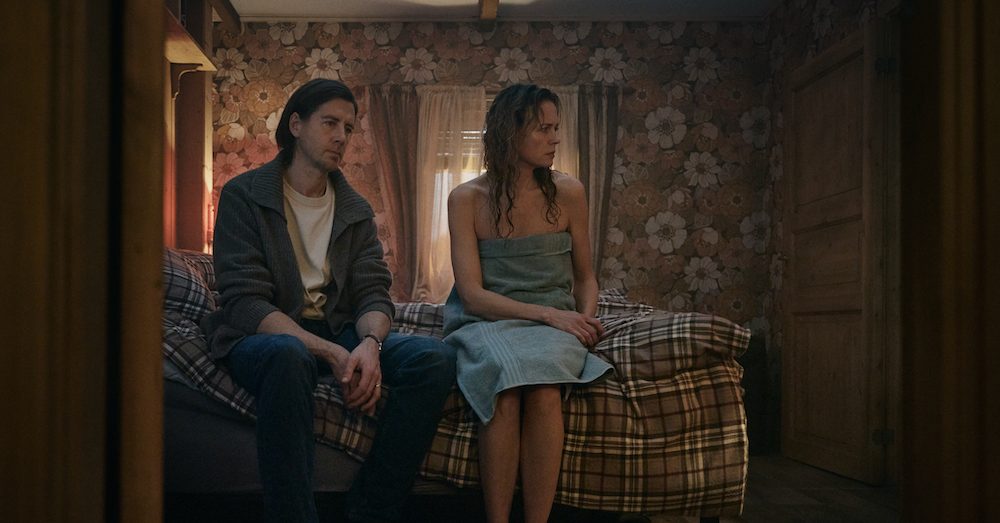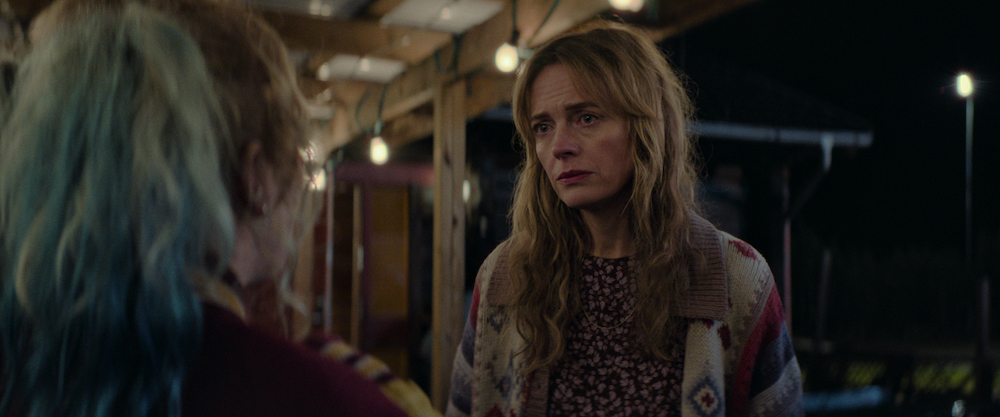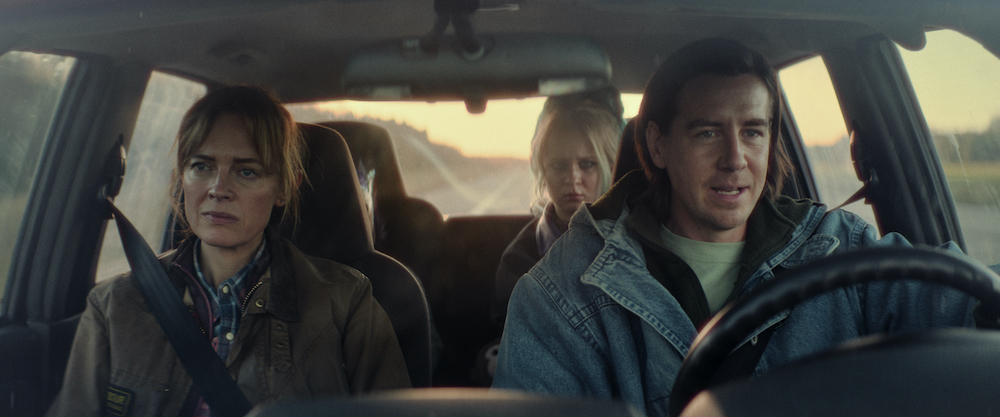Netflix’s ‘Let Go’ (originally titled, ‘Släpp Taget’) is a family drama film that follows the story of a woman named Stella, whose life is on the brink of falling apart. The responsibility of caring for her young son and her moody teenage daughter completely falls on her, while her husband doesn’t seem to care about all the load on her and instead goes on and has an affair with a colleague. Things get worse when Stella’s husband, Gustav, tells her that he wants a divorce. In a last-ditch effort to save her marriage and bring her family back together, Stella decides that they should take a trip. The 2024 film, directed by Josephine Bornebusch, presents a very realistic portrayal of family dynamics, especially the equation between the husband and wife and the way the responsibilities are divided between them at home. The story rings so close to reality that it feels like someone in real life has been in Stella’s shoes.
Let Go’s Realistic Narrative Remains Entirely Fictional

‘Let Go’ is written and directed by Josephine Bornebusch, who also plays the role of Stella in the movie. Before tapping into the complexities of a woman’s life and marriage in the Netflix series, Bornebusch had already made a name for herself by working on projects that focus on family dynamics in one setting or another. She has talked about her penchant for writing stories that center around family and the conflicts arising within the structure as a representation of her own family. The writer-director said that while crafting such a story, she often looks towards her only family members. Coming from a huge family, she has a lot of reference points, which gives her varied perspectives on different relationships and the everydayness of the issues that they have to deal with.
Bornebusch said that it isn’t just her family that often plays into the stories that she writes. Her husband also has a large family, and the multi-hyphenated artist also surrounds herself with family people, which expands her frame of reference, giving her the opportunity to explore the point of view of the people within a dynamic. It is the complexity of being within a family structure that she is most interested in, which is why the ordinary moments spark more curiosity inside her rather than focusing on some over-the-top narrative created for the sake of drama. She brings that understanding and sensitivity while telling the story of Stella and Gustav.

Apart from her writing and direction, Bornebusch’s film also benefits from her acting skills. Initially, when she wrote the film, she hadn’t thought of taking over the character of Stella herself. In fact, she preferred to give that responsibility to some other actress. However, after much deliberation, it was decided that Bornebusch herself should get into the skin of the character and bring her to life on the screen. Given Bornebusch’s knowledge of Stella, knowing her inside out, she seemed best placed to play her.
One of the things that make ‘Let Go’ a great watch is how it begins as a story about Stella’s struggles but then gradually reveals a deeper flaw with her own system, which not only helps us understand her but also Gustav. While making the film, Bornebusch wanted the audience to take away this nuanced take on a husband-wife dynamic, intending to showcase the challenges posed upon the relationship in a modern setting, which remains influenced by deeply-seated patriarchal norms. Reflecting upon her own family dynamics and those around her allowed her to infuse the story with the situations and problems that feel all too real to the audience, even though they play out under a completely fictional narrative.
Read More: Best Wedding and Marriage Movies on Netflix


You must be logged in to post a comment.